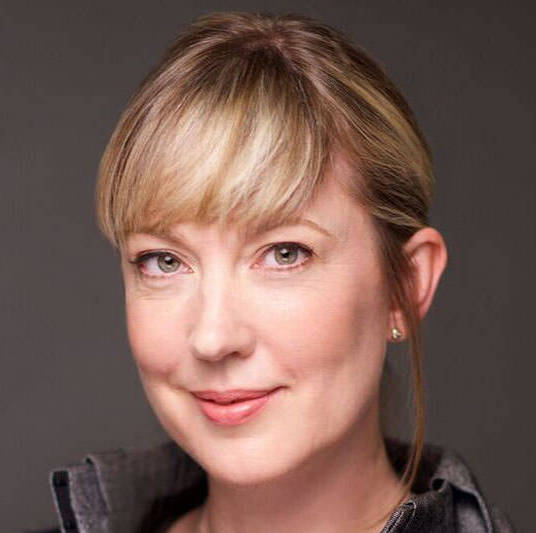
Within and outside higher education, diversity-equity-inclusion-accessibility belonging is in the spotlight, and the chief diversity officer—or its equivalent—is a hot commodity.
Even before the wave of protests against systemic racism erupted across the country and world in the summer of 2020, we all recognized that, as the population of the United States continued to diversify, the demand for a more sustained and sophisticated approach to diversity, equity, inclusion and accessibility—from faculty, students, trustees and staff—would intensify.
The global pandemic has seen significant shifts in how educational institutions operate. And ensuring equitable and inclusive environments—where diversity is valued and every student and community member can share their voice, thrive and achieve their educational goals—is, was and will remain, essential.
One of the most robust topics of discussion across higher ed and other sectors has been about the most effective way to position diversity-equity-inclusion-accessibility (DEIA) leaders for success and impact.
It’s an important discussion. Organizations would be well-served to give it serious consideration before jumping to recruit or promote this leadership role. No two organizations are the same and therefore the profile of the leader and the needs of the function differ significantly, from one organization to the next.
Here are some of the things we have learned after 18 years of conducting DEIA leadership searches across multiple sectors, including higher education:
1. The chief diversity officer (CDO) should be the organization’s executive-level diversity, equity and inclusion strategist. The position should ideally report to the president, where they will have the broadest influence across the institution.
2. Effective diversity, equity and inclusion initiatives require support and commitment from the top and all the way through the organization. This leader should not be the only champion for this critical work within your institution. Leadership must set the tone in prioritizing a culture that promotes belonging and inclusion. Everyone must be committed to DEI establishing it as a core community value.
3. Realistic expectations, goals and metrics must be set. The leadership team must know what they want to accomplish by adding a CDO and then establish methods to measure the results.
4. A dedicated budget and appropriate resources must be invested in the success of this leader. This work cannot be accomplished by one person alone. A team should be put in place to develop and implement robust, impactful programs.
5. A CDO must have fortitude, courage and respect. Balancing the often-divergent interests of faculty, staff, students and trustees requires both strength and diplomacy. Talking meaningfully about topics related to intersectionality can be tough work. Everyone must be willing to recognize their own biases and be prepared to feel uncomfortable.
6. Students from diverse backgrounds desire to see administrators, faculty and trustees who mirror them and can relate to their specific needs. Leading an inclusive search process and hiring high-caliber, diverse candidates for senior-level positions in higher education is a challenge that must be met with a focused and intentional approach.
7. But it’s not just about hiring diverse talent. That is the first step. Institutions also need to examine and evaluate how DEIA is woven into the fabric of their talent development, training and retention practices.
8. The chief diversity officer position is not an easy one. Turnover is high and the average stay is three years. Some would say this is the right pace, as an organization moves from build to sustain and leadership skills differ.
A less charitable voice might say that the CDO becomes a scapegoat when unrealistic goals are not met fast enough. Changing attitudes toward diversity, equity and inclusion take time. There are no quick and easy solutions.
If your institution is seeking to embrace and embed DEIA, hiring a chief diversity officer is one option to consider—but do it purposefully.
Tory Clarke is a co-founder and partner of Bridge Partners LLC, a minority-owned executive search firm with a focus on leading inclusive searches.






